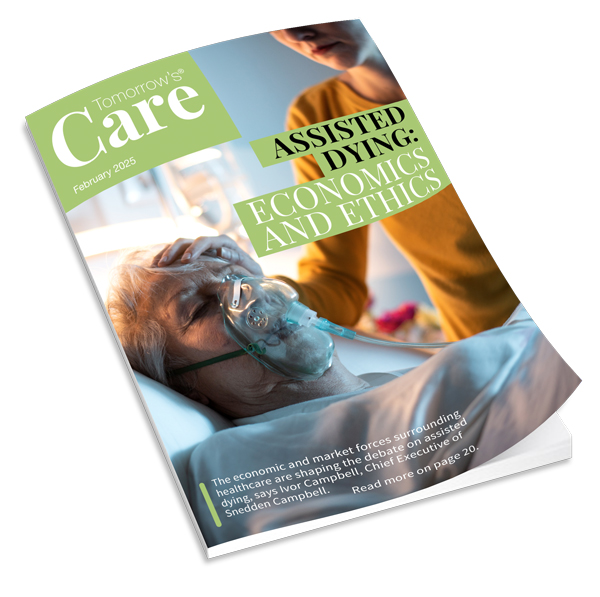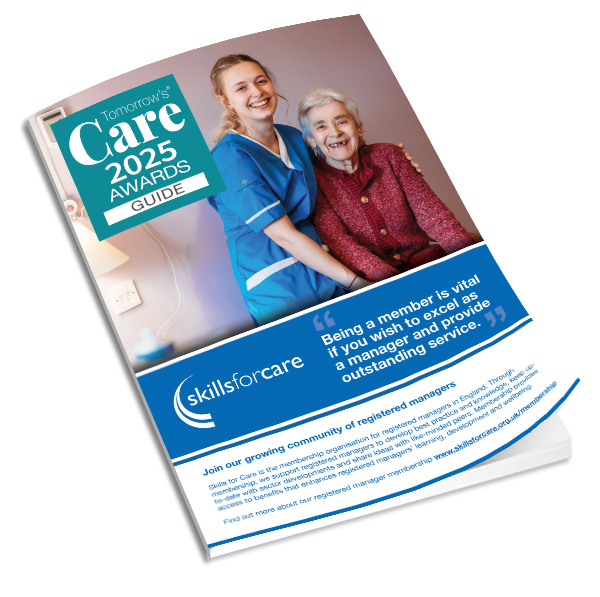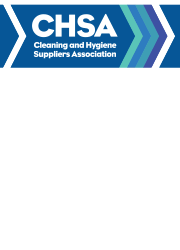Charlie Benson, Founder and General Manager of Kara, discusses the key workwear features that can assist with infection control, and how following certain protocols can prevent the spread of germs and outbreaks of viruses in care settings.
Working in the care environment is extremely rewarding, but meeting the high standards of looking after the more vulnerable can be stressful and fast-paced, especially when it comes to cleanliness and hygiene. To make processes of day-to-day tasks more streamlined, it’s imperative that steps are taken to prevent the spread of germs and infection where possible – even when it comes to workwear.
Care home and healthcare organisations often require employees to wear uniforms, so these need to be smart, practical and safe. Allowing for mobility and comfort with the ability to be easily and quickly decontaminated when needed. Sourcing materials that can be washed at high temperatures, survive the daily wear and tear of working in a care setting and also provide resistance against liquids can be difficult.
Most employees of care homes are looking for comfort, but it's essential that uniforms are compatible with PPE as well as meeting criteria that will help minimise the spread of infection by repelling liquids and withstanding multiple washes a week. Modern day scrubs are made with antimicrobial material which prevents staff and patients from transferring infections.
The medical community is taking an increased interest in medical dress codes. Risk assessments should be outlined by the employer to highlight regulations on when and how uniforms should be washed and changed. The policies should detail how to comply with essential good practices with regard to uniforms and support good hand hygiene. For example, it’s usually protocol for arms to be bare below the elbow. In addition, warmer weather and PPE can cause wearers to sweat more, again meaning uniforms should be cleaned more regularly to reduce the spread of bacteria and germs. Care workers come into regular contact with those with weakened immune systems, so any precautions which prevent the risk of bringing germs from the outside into the environment are vitally important.
Encouraging staff not to travel into work in any uniform will minimise the risk of germs being transferred from the outdoors into sterile environments. Under the Workplace Regulations (Health and Safety Executive 1992), if a workplace requires employees to change into and wear specialist clothing, such as a uniform, then employers must provide adequate changing facilities. There should be an arrangement made so that employees are able to safely transport their uniform to work and facilities for them to change out of their personal clothing into uniform.
It is very important for care workers to wear fresh, clean scrubs every shift, care and healthcare staff should change immediately if their uniform or clothes become soiled. The Department of Health & Social Care (DHSC) states: “Workers should wear clean clothes at the start of each shift, and change immediately if clothes become visibly soiled or contaminated. To enable this, workers may wish to consider storing spare, clean clothing at their workplace or in their vehicle.” Dirty, soaked or stained uniforms can put the individual at risk of infection, but also patients and coworkers. It’s key to note that this could potentially cause patients and their families to lack confidence in your medical facility’s cleanliness, professionalism and infection control.
Washing uniforms immediately once a shift is complete will decrease the chances of the multiplication of bacteria and viruses. Regularly washing and changing clothes is an effective way to reduce the spread of infections whilst also maintaining public and patient confidence in care workers and their organisations, especially since the pandemic. A detergent should be used when washing scrubs and where possible an antimicrobial detergent to reduce the risk of pathogen transfer.
If you are concerned about your domestic washing machine, NHS England and NHS Improvement suggest using a weekly mild solution of bleach on a high temperature to decontaminate it. DHSC suggests workwear should be washed at the hottest temperature the fabric will tolerate ‘heavily soiled items should be washed separately to eliminate the risk of cross contamination’. In some cases, it’s recommended that uniforms should be laundered on site by laundry services. The RCN (Royal College of Nursing) expects all employers at this time to consider all options around laundering uniforms for their employees to reduce the reliance on home laundering. All such arrangements must comply with infection prevention standards.
Although infection control and cleanliness has always been important. Now, more than ever, it has become an increasingly important focus for care providers. Choosing the right clothing can improve not just the patients’ safety, but also protect yourself, other staff and visitors from easily transmissible illnesses too. Scrubs should provide an effective barrier for pathogens, reduce the risk of infection, be comfortable to wear and durable.
High standards of workwear in the care and healthcare industry is fundamental. Premium scrub supplier, Kara, recently launched a new collection of functional yet fashion forward scrubs, the Kara Edit. The new collection is wrinkle resistant, water resistant and is made from EditTex fabric, a motion-stretch polyester which allows for plenty of movement. The fabric is also pet hair (and human hair) resistant.
When choosing uniforms as a carer, there’s a lot to take into consideration, but key considerations have to include longevity of the material, comfort, hygiene and practicality. Anything that contributes towards preventing the spread of infection in these settings is a positive, so sourcing the best materials and garments for the job is imperative.


























